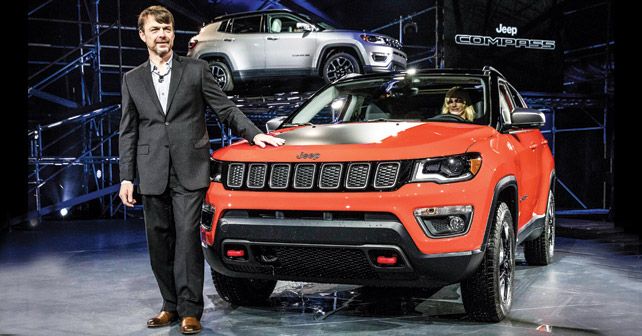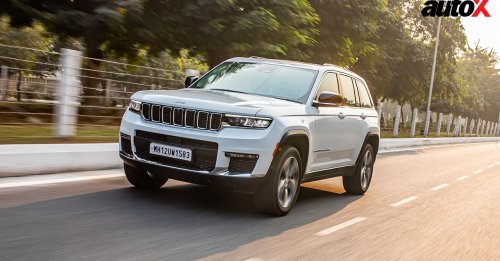
We spoke with Mike Manley, global head of the Jeep brand, about Jeep’s recent success – in India and globally – as well as the plug-in hybrid Wrangler expected in 2020.
From 2009 till today, Jeep sales have increased at a phenomenal level. What’s next for the brand?
Well, from a brand perspective, the great news is that if you look at what’s happening in virtually all markets in the world, interest in SUV’s continues to grow. What we continue to see is that the passenger car segments are contracting as more customers move to SUV’s. So, what do I think of the future? Well, if that trend towards SUV’s continues – as has been happening now for a number of years – it bodes well for the brand. Even in India, last time I looked, SUV’s were doing well and the success of the Compass reflects that.
You’ve made a significant announcement about the launch of a plug-in hybrid Wrangler – the first hybrid for Jeep. How is that technology going to fit across your product range?
Firstly, when you think about the future and the regulations that we continue to march towards across the world, we know that electrification is inevitable to be able to fully comply with them. So, that element is clearly very important. But when you think about some of the potential benefits that electrification brings to a brand that’s known for off-road capability, you can see that, for Jeep, it has the added benefit of improving our capabilities – so long as electrification is deployed in the most appropriate way. So, when I think about how it integrates into the brand, not only does it future proof our products and the brand – which is obviously important – but it also gives us opportunities to continue to push our capability message. But this time it’s linked to significant changes in fuel economy. In that way, I’m very excited about the future.
Are you considering a Wrangler designed purely for urban use? Maybe even offer it with only two-wheel drive?
You’d have to shoot me before I offer a two-wheel drive only Wrangler.
Where do you see the autonomous driving technology fitting in into your product range?
Well, actually I see autonomous driving being very much in keeping with the Jeep brand and very much in keeping with the Wrangler. When people think about autonomous driving, they largely think that autonomous driving is new and that’s true for the added technology that is available today – and it’ll continue to develop because there is consumer demand for it. But, we’ve had degrees of driver aids and assistance in the Wrangler for many years – we’ve had Hill Descent Control, for example. But, given the fact now that the Wrangler and our vehicles are used more on-road than off-road, all of the technology that’s available to make driver’s more comfortable, to make driving safer, and more convenient, is as applicable to a Jeep product as it is to any other brand. What’s important is that the technology does not become an imposition on what the vehicle stands for, and I think our engineers are certainly aware of that and fully capable of making sure that doesn’t happen.
Jeep has made an impact on the Indian market with the Compass, and now we’re talking of electrification and autonomous technology. Where do you see India in the grand scheme of things?
Well, I’ve been very pleased with the reaction to the Compass in India. I think early bookings of the vehicle, and the ongoing bookings that we continue to receive, have shown that the values that Jeep stands for resonate as much in India as it does anywhere else. Having said that, I think historically India has been a slower adopter of technology – but that’s just because of the diversity of India as a market. There’s always been a part of the Indian market that prefers the latest technology, and so as we deploy newer technology into our cars, it’ll naturally find its way into all markets, including India.





















Write your Comment